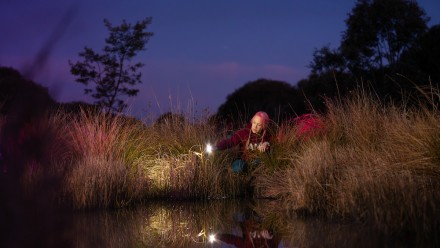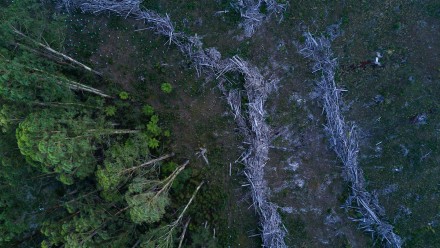Seminar - Effects of surrounding land use change on the survivals of small-bodied birds in Eucalyptus woodland remnants
Agricultural landscapes have globally been transforming to tree plantations to satisfy increasing demands for paper/wood products. My research aims to provide new science-based insights into the impacts of landscape transformation from agricultural land to exotic pine plantations on the survival of small-bodied birds occurring in vegetation remnants. To achieve this goal, I monitored natural nests and conducted artificial nest experiments in “Nanangroe Plantation” and in the surrounding private farmlands in south-eastern New South Wales, Australia. Findings of each study suggests, nest predation risk in woodland remnants is likely to increase as a result of landscape undergoing transformation from semi-cleared grazing land to exotic pine plantations. Elevated nest predation risk along with life history attributes of small-bodied birds, particularly nest type and social system, may influence their choice of breeding habitats. This may in turn reduce site occupancy of woodland remnants by small-bodied birds. - Sachiko Okada
About the Speaker
After completion of my degree in Environmental Science, Sachiko had worked in David Lindenmayer's research team approximately for 8 years as a field staff based in Gundagai. For this role, Sachiko undertook many ecological surveys, such as bird point counts, small mammal trapping, spotlighting, reptile and vegetation surveys, dominantly in woodland remnants within agricultural landscapes, including the Nanangroe Plantation and the surrounding grazing farms where her study sites were located. Sachiko is interested in any wildlife, but particularly in small birds.






